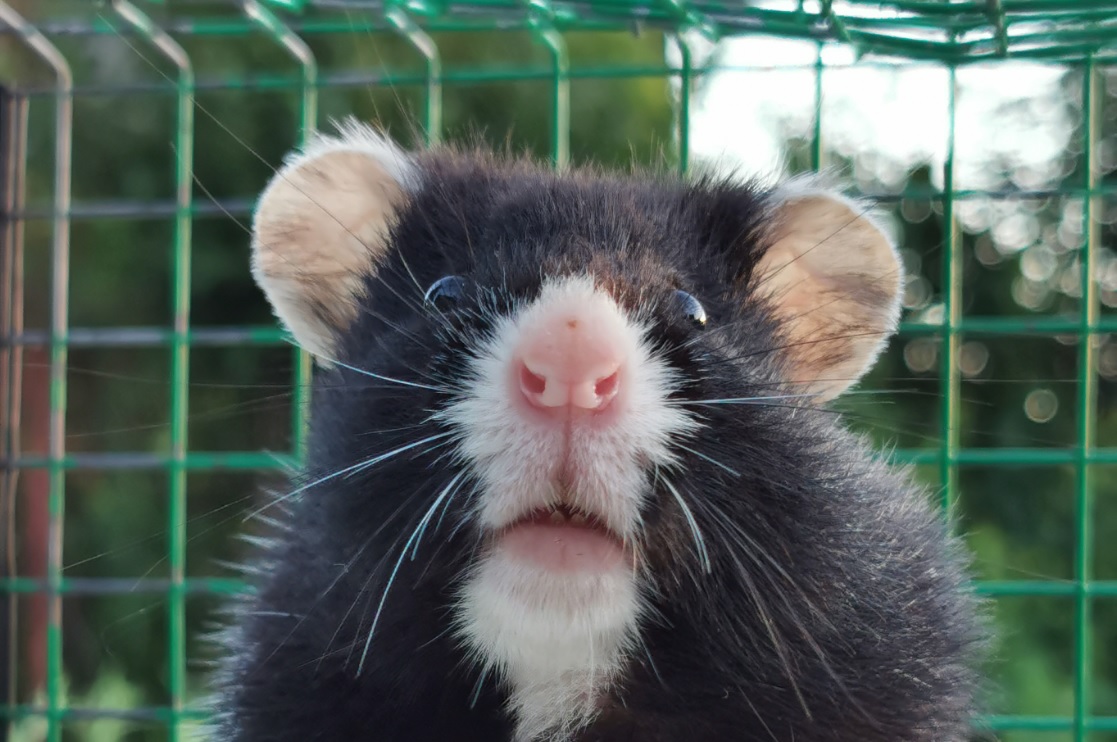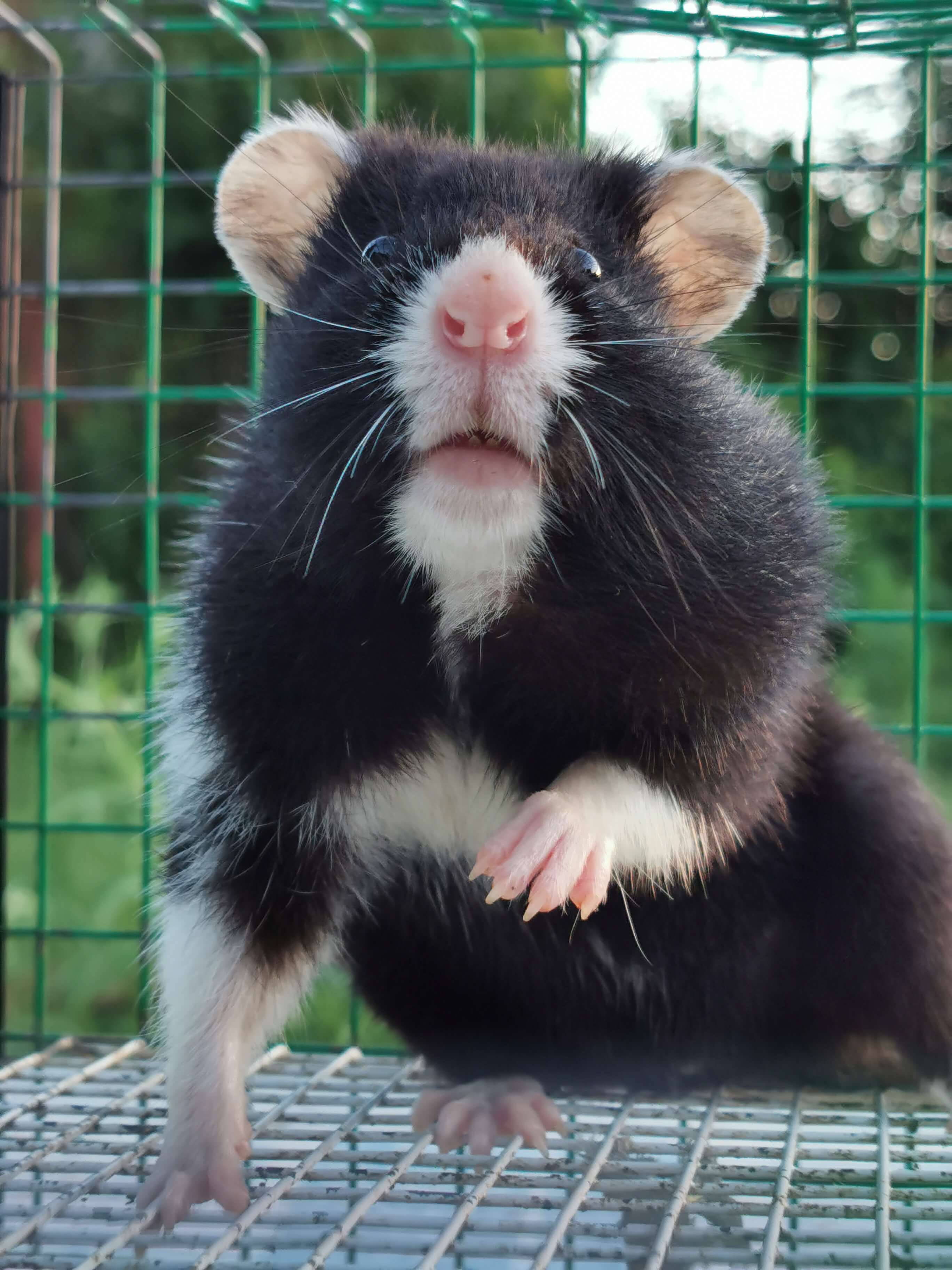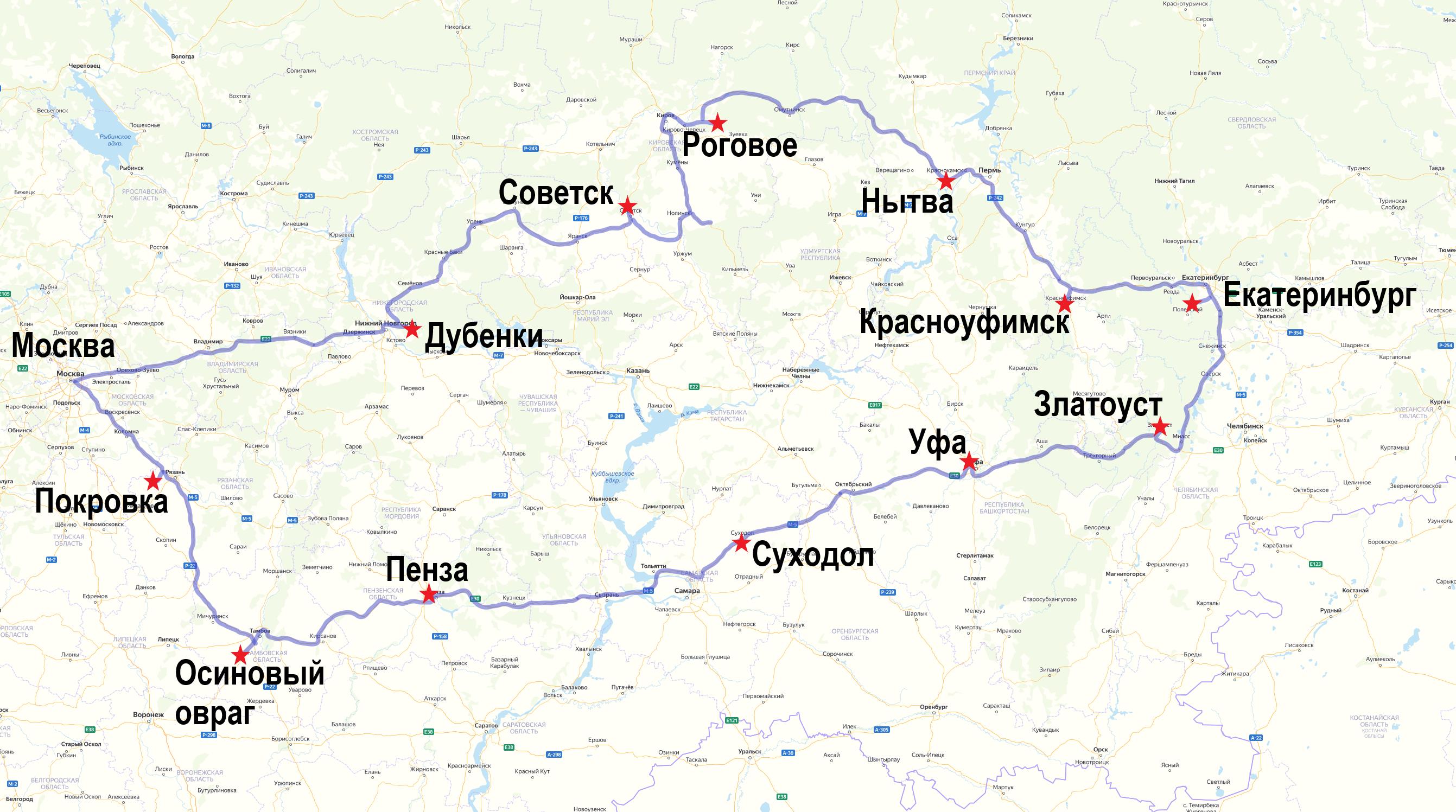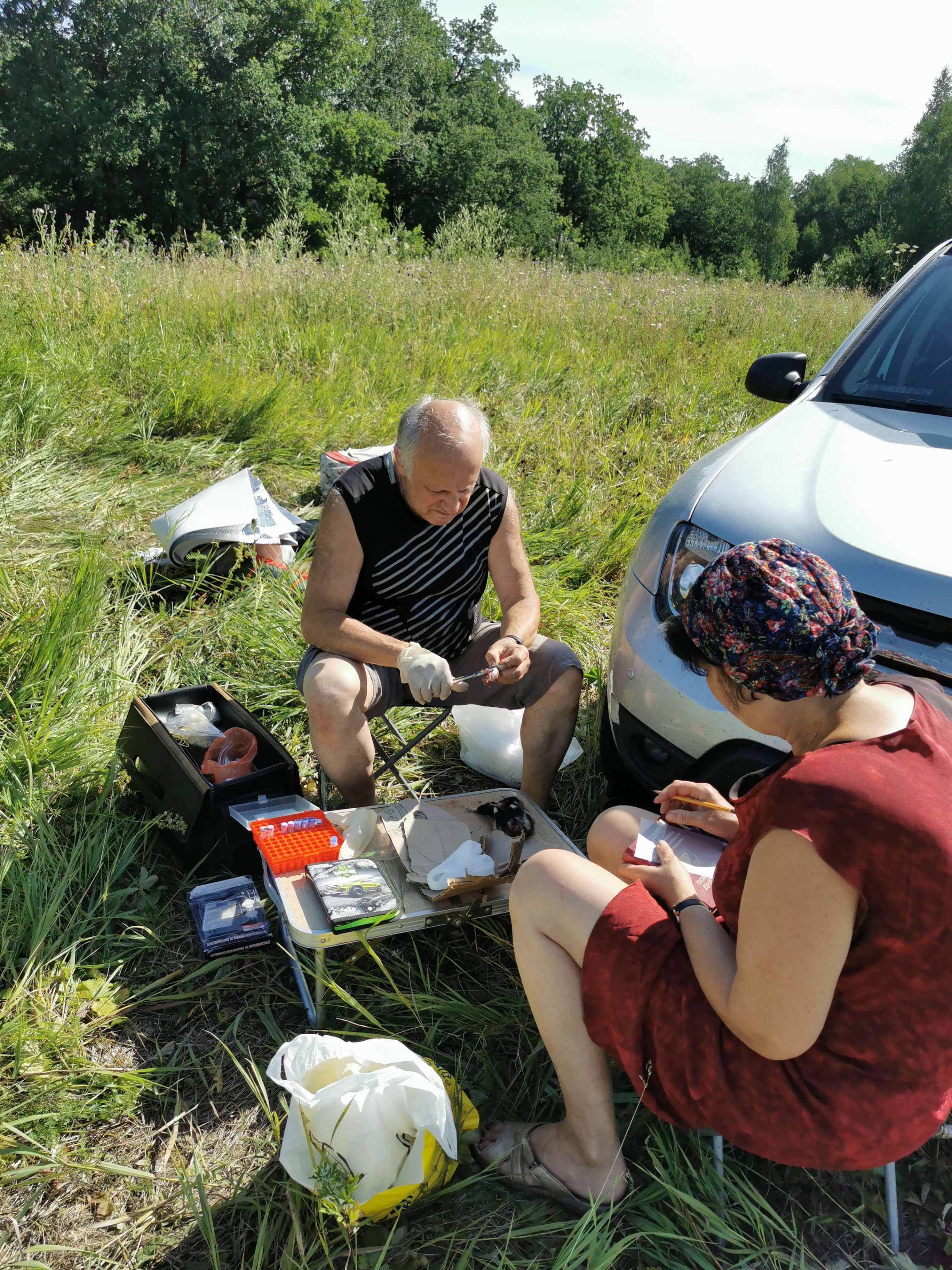
On July 9, 2020 the updates of the Red List of the International Union for Conservation of Nature (IUCN) were published. Among others, these changes affected the common hamster (Cricetus cricetus), a species that 50 years ago was very numerous both in Western Europe and in Russia, being both a pest of agriculture and a commercial species. However, afterwards its number throughout the entire range began to decline sharply, and in a number of European countries it disappeared completely. The common hamster status, according to the IUCN classification, has risen from LC (Least Concern) to CR (Critically Endangered). Thus, the common hamster has passed 4 stages of conservation status in a row, which is an unprecedented case. Previously, it was as common as the gray rat (Rattus norvegicus) or the common squirrel (Sciurus vulgaris), but now its status is the same as that of the saiga (Saiga tatarica) or black rhinoceros (Diceros bicornis)! This, however, does not mean that hamsters are now as few as rhinos: the IUCN estimate takes into account not so much the total number of the species, but rather its trends and the risk of extinction.
In European countries, the situation with the common hamster is the most dramatic. In Russia and Kazakhstan, their numbers are decreasing as well, but in many regions this species is not only numerous, but even causes harm to property. It is felt specifically by villagers and summer residents.
A group of employees of the A.N. Severtsov Institute of Ecology and Evolution of the Russian Academy of Sciences under the leadership of Corresponding Member of the RAS A.V. Surov and Doctor of Biological Sciences N.Yu. Feoktistova has been collecting information on the distribution of the common hamster in Russia and Kazakhstan for the past 7 years, conducting phylogenetic and phylogeographic analysis, and studying the behavior and physiology of this species. The group also participated in the assignment of a new environmental status to this species. Together with European colleagues, they processed their own and published foreign data on the dynamics of the species abundance, changes in reproductive indicators, mortality, and studied the factors influencing these processes. It was shown that in the next 20-30 years, if the existing trends persist, the species can disappear completely (Surov et al., 2016). On the other hand, on the basis of molecular genetic analysis, phylogenetic relationships between Western European and Russian genetic lines have been established, which opens up prospects for the restoration of endangered European populations (Feoktistova et al., 2017, 2018).

Редкая форма хомяка-меланиста с белыми пятнами на груди и лапах. Животное поймано на приусадебном участке в д. Дубенки. Нижегородской области в июле 2020 года.
In 2020, despite the difficult epidemiological situation with Covid-19, an expedition was carried out to regions not previously covered by our studies of the common hamster. The very next day after the publication of the new IUCN list, the expedition set out towards the Ural Mountains. Their path, about 5000 km long, ran through Nizhny Novgorod, Kirov, Perm, Kungur, Krasnoufimsk, Yekaterinburg, Zlatoust, Ufa, Tambov and Ryazan.
The tasks of the expedition were not only to discover the state of the populations of the species on the northern border of the range, but also to establish the border between the phylogeographic groups E0 and Altai, which presumably passes through the Urals. In addition, they were interested in the question of the ratio of color morphs of the common hamster along the route. The problems of color diversity of the common hamster were first posed by P.S. Pallas (1776), when a scientist discovered cubs of both black and variegated colors in one burrow. Later, this topic was studied by such well-known scientists as I.P. Lepekhin, G.S. Karelin, G. Petch, S.I. Ognev and others. S.I. Ognev not only considered these forms as "color aberrations", but also noted for the first time that in some regions of Russia the black morph predominates over the usual one, and concluded that

Маршрут работы экспедиции ИПЭЭ РАН (июль 2020 года)
"... we have here an example, although a weak one, of a geographically differentiated aberration." S.V. Kirikov (1934) noted the predominance of black hamsters along the northern boundaries of the range. But a special place is occupied by the works of the Soviet geneticist S.M. Gershenzon, who, having
examined more than two million skins obtained from the procurement office of Bashkiria and Ukraine, built maps of the distribution of the black morph, established a relationship between the proportion of melanists and the season, total number, and natural zones. He also noted a greater variety of color morphs in Bashkiria (Gershenzon, Polevoy, 1940, 1941; Gershenzon, 1941, 1945). One of the tasks of the expedition was to establish the modern boundaries of the distribution of the melanistic form in the north of the area. It is curious that since the time of S.M. Gershenzon, the boundaries of the distribution of melanistic hamsters, by and large, have not changed and their share gradually decreases from north to south.

Обработка материала в полевых условиях
It should be noted that the 2020 expedition was carefully prepared thanks to the detailed study of Internet resources and work with correspondents. In most places, researchers were already waiting for either captured live animals, or already collected samples of their tissues (in case the hamsters were crushed by a cat or dog). So the success of the expedition depended not so much on "lady luck", but also on the local residents, who provided invaluable assistance in collecting material throughout this difficult, albeit very interesting route. This is the owner of the equestrian sports club "Horse-fire" in the village of Dubenki – Olga, and blogger Maxim Chirkov, senior researcher, head of the lab at the All-Russian Research Institute of Hunting and Animal Breeding RAS named after Professor B.M. Zhitkov, Doctor of Biological Sciences A.P. Saveliev, employee of the regional newspaper "Vestnik Truda" T. Sheshegova from the urban-type settlement Nema, employees of FBUZ "TsGiE of the Republic of Bashkortostan" O.V. Ivanova and Minzilya, as well as the gardener Khabir with his wife, Irina and Yuri from Yekaterinburg, associate professor at G.R. Derzhavin Tambov State University A.S. Sokolov and many other enthusiasts who helped the expedition and became our good friends.

Момент передачи «ночного урожая» садоводов ученым
The peculiarities of this summer made the field work more difficult also because the sun was blazing mercilessly throughout the route, and the daytime temperature did not drop below 34ºC, without a single drop of rain. So we can rightfully say that the expedition took place in a “hot, friendly atmosphere”. According to its results, blogger Maxim Chirkov has already made a video (https://youtu.be/OHo94d5cbZo), and a new article is being prepared for the Vestnik Truda newspaper. The genetic samples and materials obtained during the expedition will be processed and used for an article in the near future.
